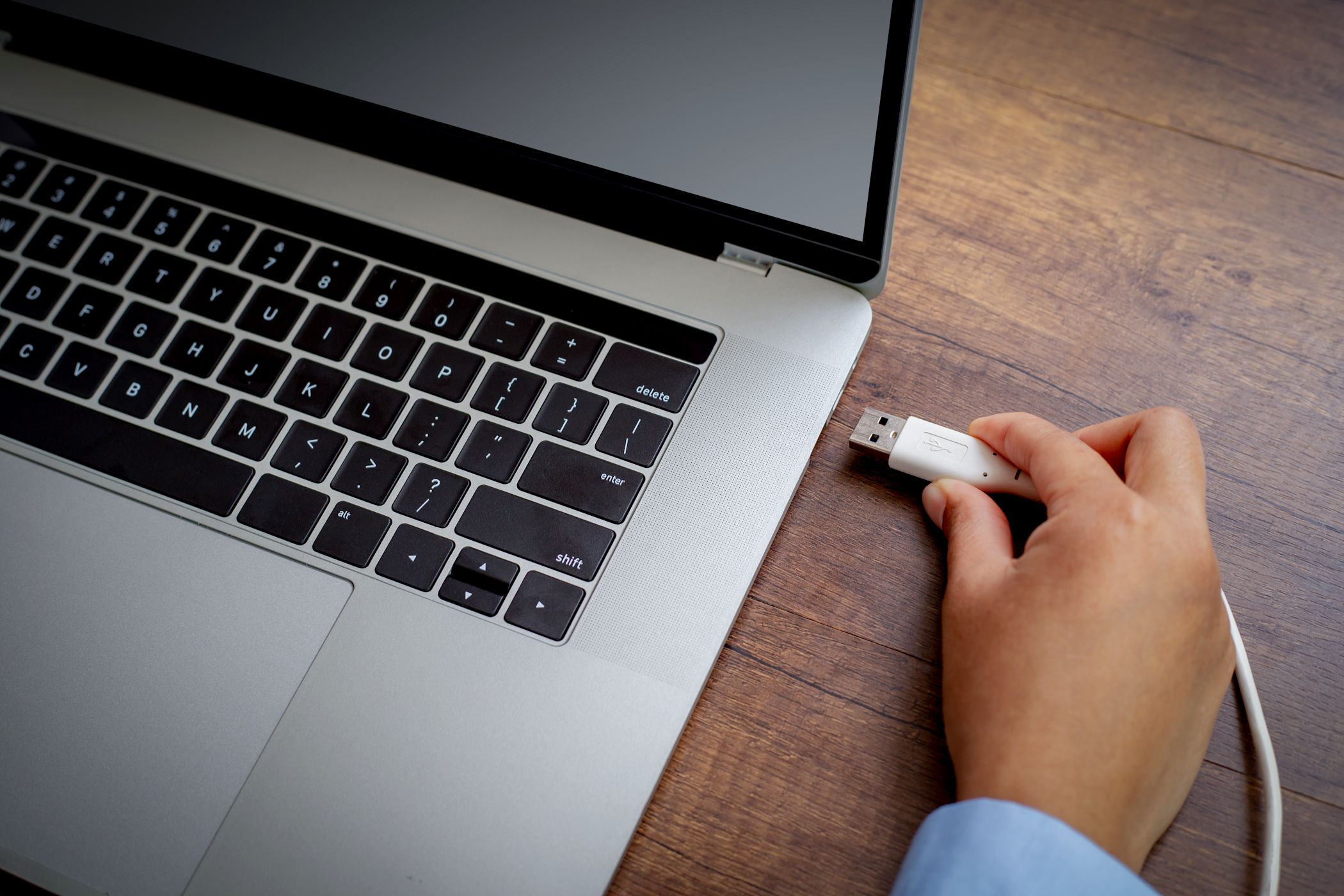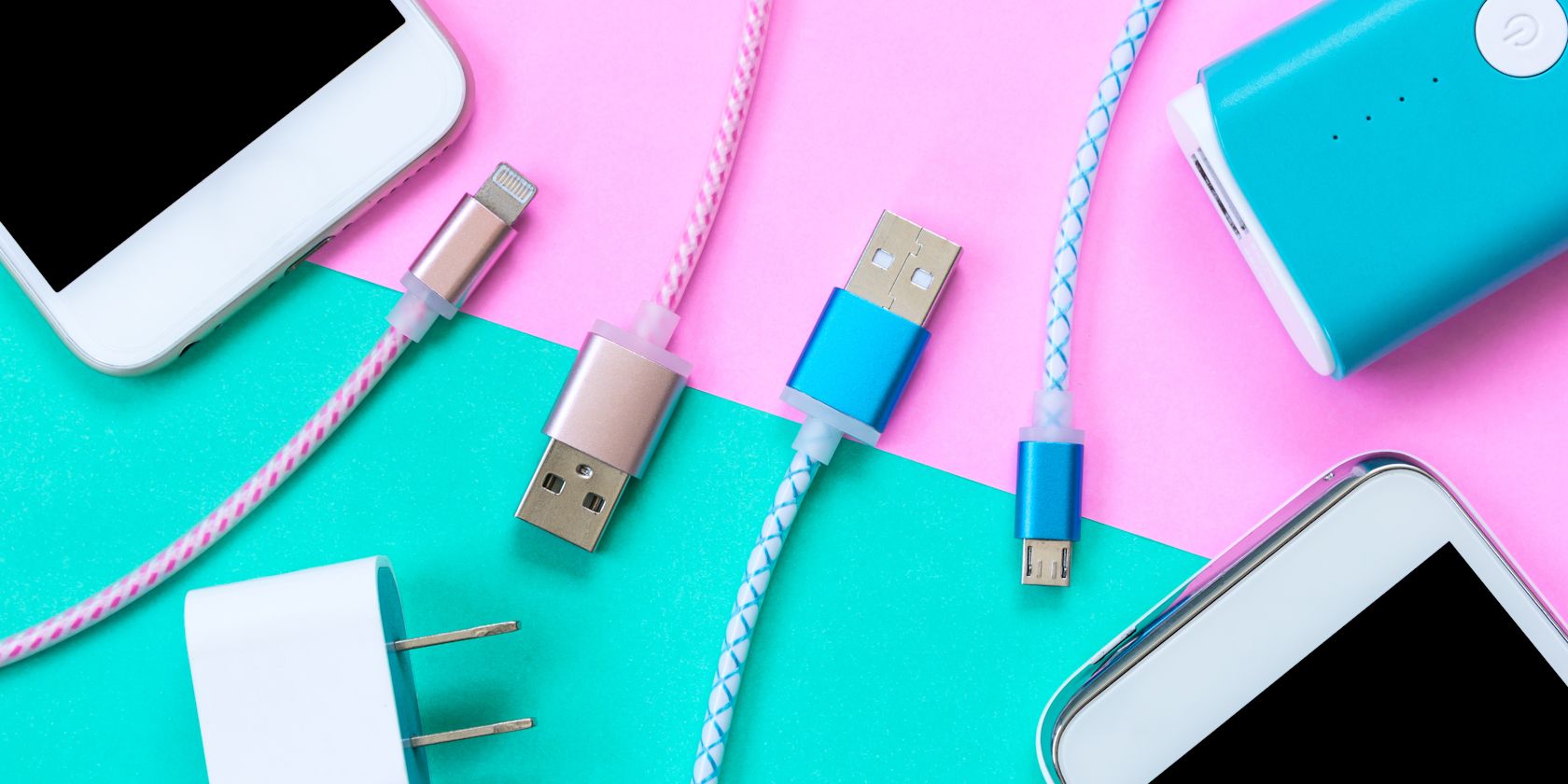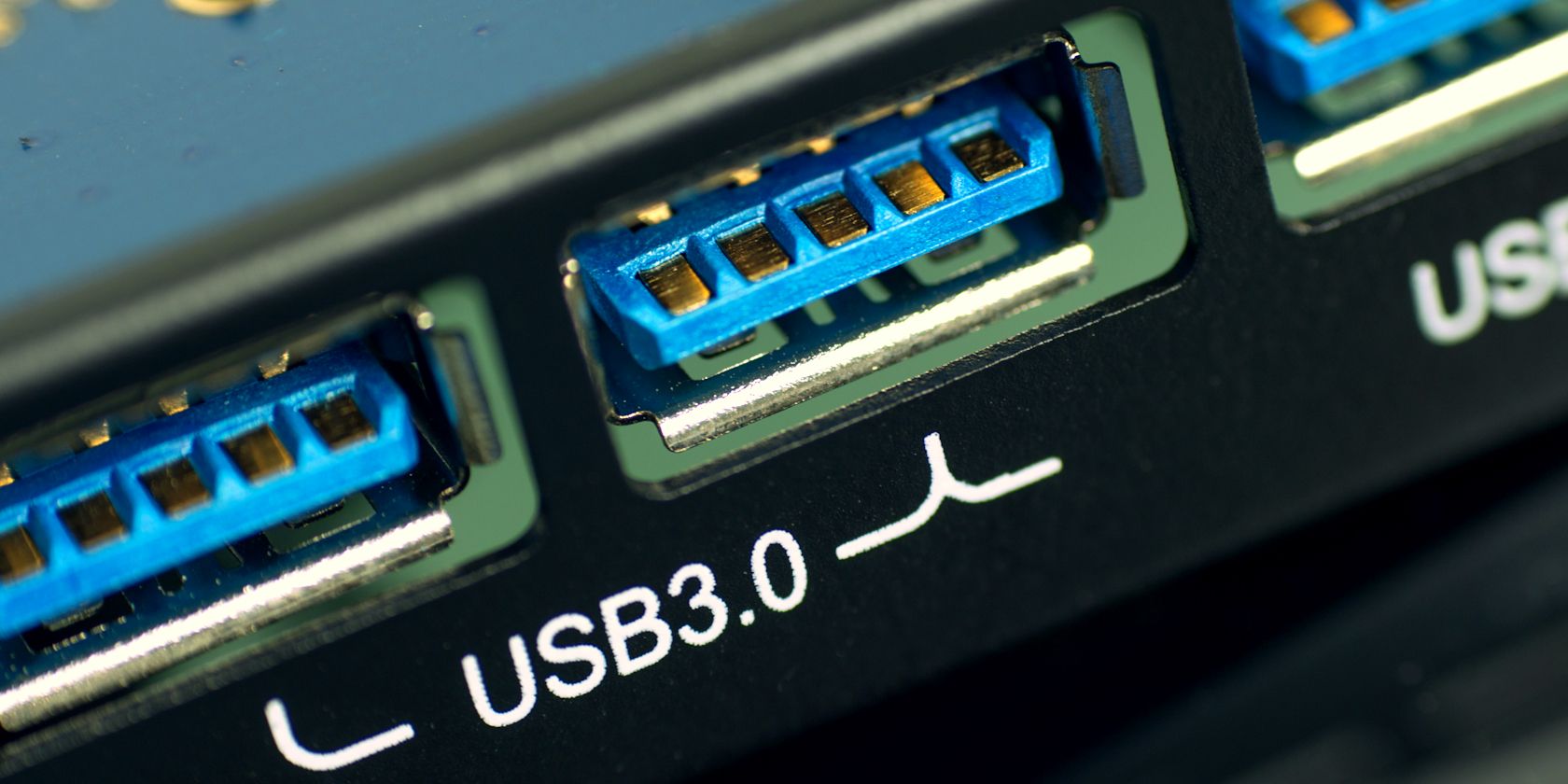As technology progresses, we tend to gravitate towards higher standards: Thunderbolt instead of USB 2.0, USB-C instead of USB-A, and so on. However, older standards like USB 2.0 still have a place for many people’s setups, as most USB devices simply don’t need anything more advanced.
USB 2.0 Uses Less System Bandwidth
USB 2.0 is an older data standard compared to modern things like USB 3.0, 3.1, or 3.2, as well as Thunderbolt 4 or USB 4.0. These newer standards offer higher data bandwidth, transfer speeds, and power delivery, allowing more advanced devices to be used on your setup—think a crunchy 1080p webcam on USB 2.0 versus an uncompressed 4K webcam over USB 3.0. These standards also cause confusion, such as figuring out whether your USB-C port is USB 4.0 or another standard entirely.
However, this higher data and power usage can also strain your system. Most systems and USB hubs have a cap on how much data and power they can use with external devices, and USB 3.0+ devices use more data and energy bandwidth, generally filling this with fewer devices than USB 2.0. Most USB devices use far below their full data and energy bandwidth—while USB 3.0 supports up to 5 Gbps, most of these devices come nowhere near that limit. That said, higher standards of devices do use up more system bandwidth.
Imagine you have a Thunderbolt 4 port on your MacBook connected to a large USB hub. If that hub is also Thunderbolt 4, your maximum data transfer rate is 40 Gbps, supporting up to eight USB 3.0 devices at a full-blast 5 Gbps each. However, you’re more likely to have a USB 3.1 or USB 3.2 hub, as these are far less expensive. USB 3.2 caps at 10 Gbps, so you can only expect to use two USB 3.0 devices simultaneously at full bandwidth. Many USB devices don’t use their full data standard, but bandwidth limits remain.
Conversely, USB 2.0 caps at 480 Mbps, meaning you can generally use many more USB 2.0 devices, provided your system’s USB controller can handle using so many devices simultaneously (most USB controllers have a limit of 127 total USB devices, but you’ll likely use all of the bandwidth before reaching that number). It’d take around 80 USB 2.0 devices to use a Thunderbolt 4 hub’s bandwidth or around 20 for USB 3.2.
In short, USB 2.0 devices use very little system bandwidth, so you rarely need to worry about whether your system can handle them when purchasing them. I have a ton of USB devices and am usually near my bandwidth cap, but I rarely need to worry if the device I’m adding is USB 2.0.
Compatibility on USB 2.0 Devices Is More Certain
On top of the bandwidth issue, USB 2.0 is compatible with more devices and ports. The first and most modern example would be that most PC motherboards tend to have limited quantities of USB 3.0 or higher ports, meaning that even if you’re not worried about bandwidth, you still might not have enough USB 3.0 or Thunderbolt ports, period. Moreover, Thunderbolt and devices that use it cause even more confusion due to its USB-C-like appearance.
Similarly, if you’re using an older device, you may lack USB 3.0 support on your ports or have some other incompatibility, such as USB-C ports. As many modern devices use USB 3.0 or higher and USB-C instead of USB-A, the good news is that these higher standards are backward compatible, albeit potentially requiring a USB-A to USB-C adapter.
Conversely, USB 2.0 ports and cables are not guaranteed to be forward-compatible. If you plug a USB 3.0 device into a USB 2.0 port, it may be limited in functionality. For example, a 4K capture card might not work at all because it does not have enough bandwidth, while an external drive will likely work at slower speeds. Unfortunately, it varies by device, so you may have to experiment. Even if you plug a USB 3.0 device into a USB 3.0 port while using a USB 2.0 cable, you’ll likely have the same issue. Simply put, nearly all USB cables out there are at minimum USB 2.0, meaning that you can avoid any guessing games about compatibility if your device is USB 2.0, too.
USB 2.0 Causes Fewer Problems
As someone who did technical support for a USB device company with USB 2.0 and USB 3.0+ devices, I can confidently say that the USB 2.0 devices had far fewer tech support tickets than USB 3.0 or higher devices. The errors mainly stem from user errors around the above topics: overused system bandwidth and hardware incompatibility.
I’ve advised many people on making tough decisions about removing devices from their setup to fit a new USB 3.0 device, helping less tech-savvy folks use the right ports and cables, or even basically identifying USB 2.0 versus USB 3.0. On the other hand, USB 2.0 devices never had these issues in my tech support experience. In short, if you avoid USB 3.0 or higher devices when you don’t need them, you avoid many potential tech problems requiring tech support or extra self-education to resolve.
While I have been highlighting the problems of over-reliance on higher USB standards, these higher standards remain incredibly important for using more advanced devices. My plea for companies is to only make devices that require more than USB 2.0 if actually necessary and to make ports on PCs and laptops as broadly compatible as possible to prevent incompatibility. Companies should maximize compatibility to minimize user headaches and confusion.


